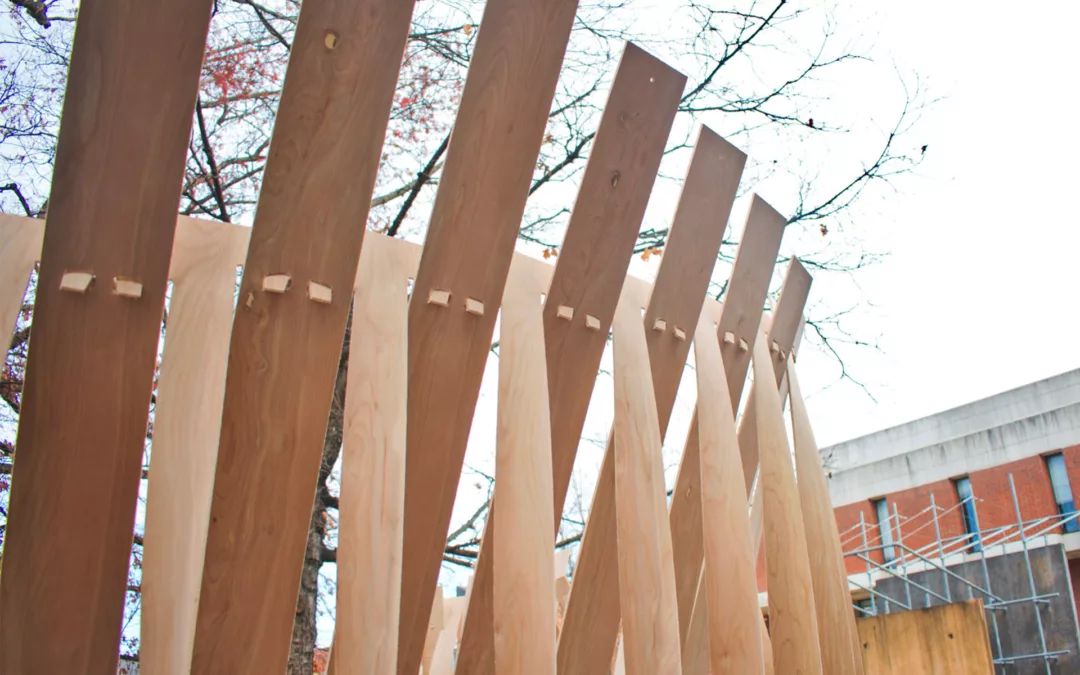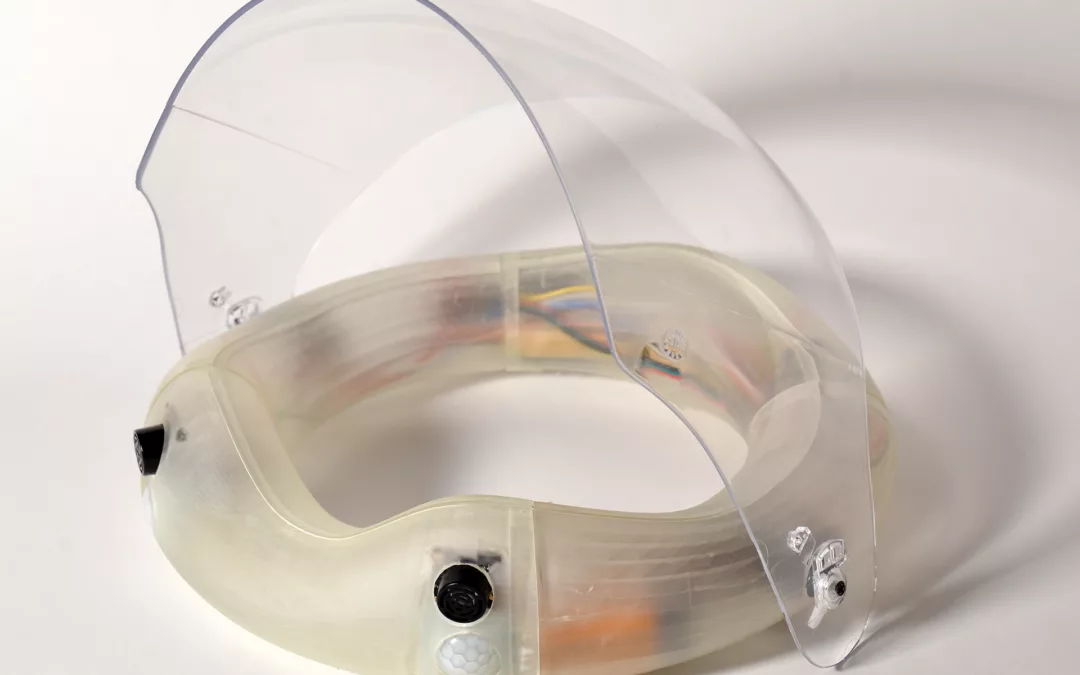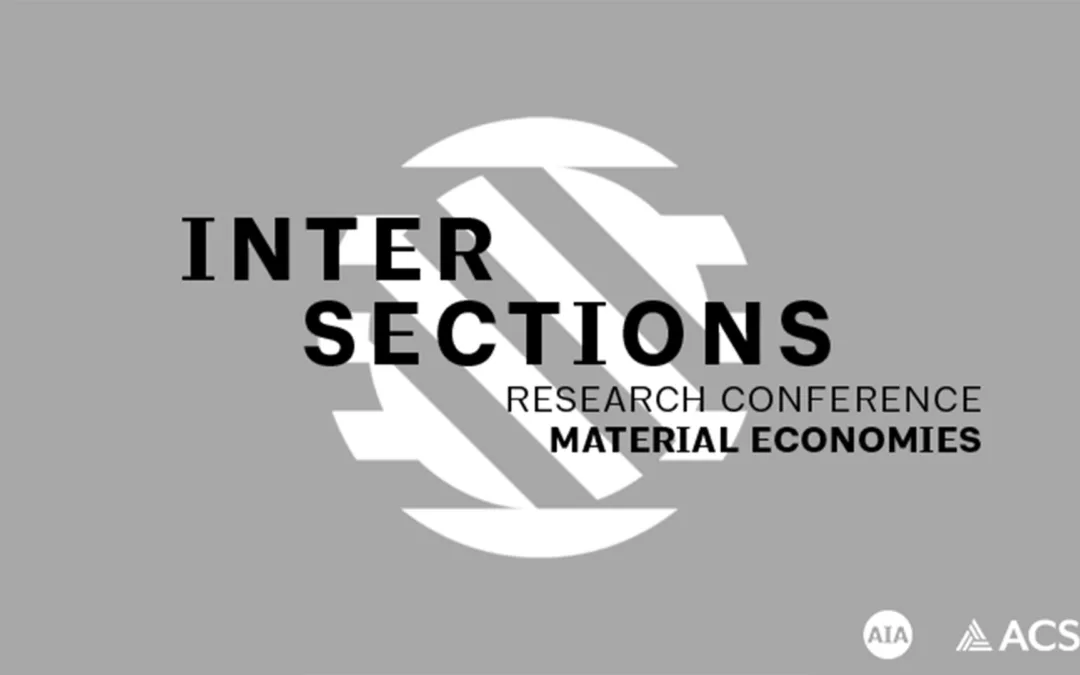
News
Ehsan Baharlou will present his research titled “Material Tectonics” on Saturday, October 21 at the 2023 ACSA/AIA Intersections Research Conference: Material Economies. Dr. Baharlou’s research focuses on integrating material capacities and fabrication limitations into design processes. He will delve into material tectonics, focusing on approaches to develop eco-resilient structures using robotic additive manufacturing. The project highlights the difficulties and potentials of 3D printing eco-resilient materials in order to reduce the embodied energy of the building industry. He will present during the session on material technologies.
For more information on the ACSA/AIA conference, please go here.

Courses, News
Robotic Ecotectonics
Description
Climate change is challenging humanity. There is an increasing need to develop sustainable building systems for zero or negative carbon emissions. Innovation in ecologically sound materials and sustainable construction techniques could revolutionize the building industry, which in turn could enable the rapid construction of building envelopes using local and low-carbon materials. Robotic additive manufacturing’s versatility can be used to construct complex adaptive envelopes that actively support local ecosystems.
This course challenges traditional linear construction methods by introducing a circular economy approach. The “reduce-reuse-recycle” strategy promises a way to decrease embodied carbon emissions in building sectors. The research will explore the possibility of developing ecological tectonic (ecotectonic) constructions. Ecotectonic construction, which considers multispecies design, moves beyond anthropocentric tectonics. It combines upcycling waste materials with robotic 3D printing to reduce the negative impacts of building envelopes.
Students will design and construct eco-composite envelopes, which may include features to capture carbon, block heat radiation, or serve as an acoustic system. To promote sustainable construction, this studio will apply innovative methods to reuse recyclable plastic waste or repurpose local soil mixed with agricultural by-products. Repurposing these unconventional materials requires analyzing their characteristics and the use of additives to make them suitable for 3D printing. Robotic additive construction enables the addition of layers based on performance needs. Different layers—like green cover, insulation, and structural layers—can be 3D printed together to foster a proper ecology to maintain the structure as a living organism.
Students will explore the design-to-fabrication process by developing prototypes to evaluate each phase through an ecologically active material system, computational design, and robotic additive construction. Students will produce detailed drawings of a façade or envelope system, conceptual drawings of the implementation of this system on a building scale, and a 3D printed full-scale mock-up of the ecological envelope system.
Image Credit
E. Baharlou, University of Virginia, 2021.




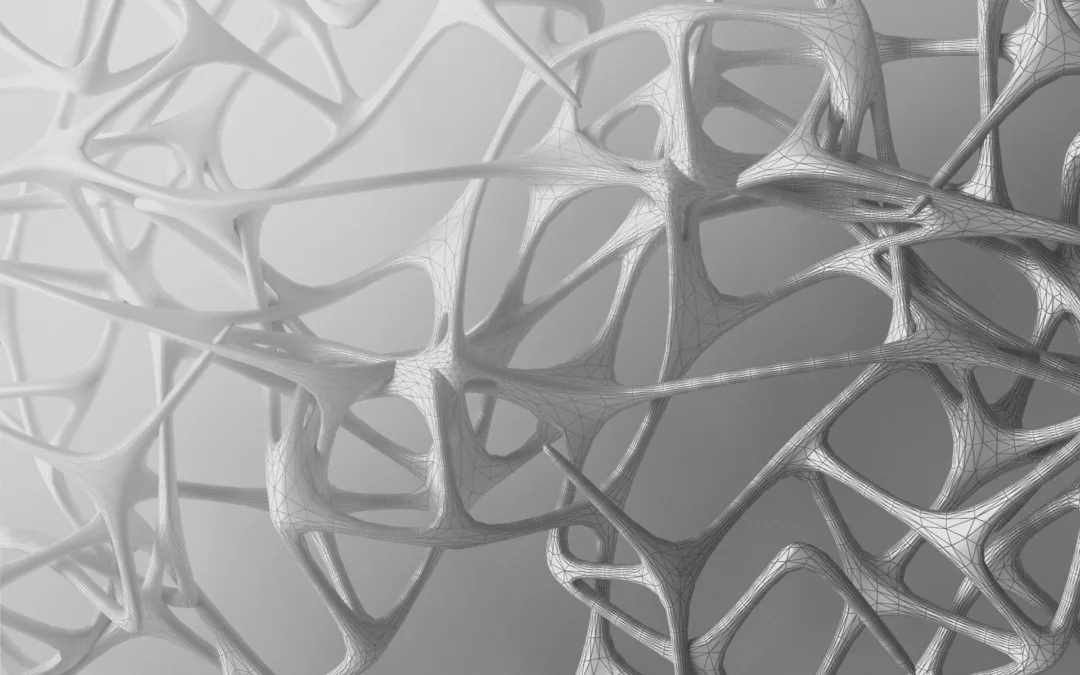
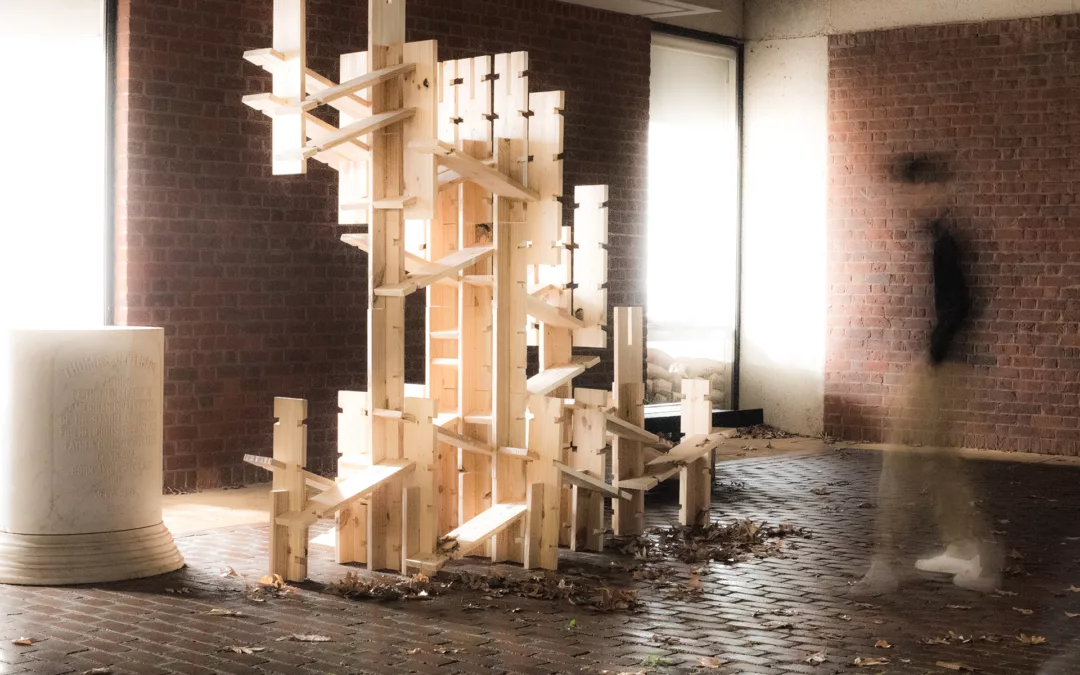

![[non-standard] Mass Timber Architecture](https://ct.lab.virginia.edu/media/2023/09/2020_CT_KH_JM_DT_TN-1080x675.webp)
